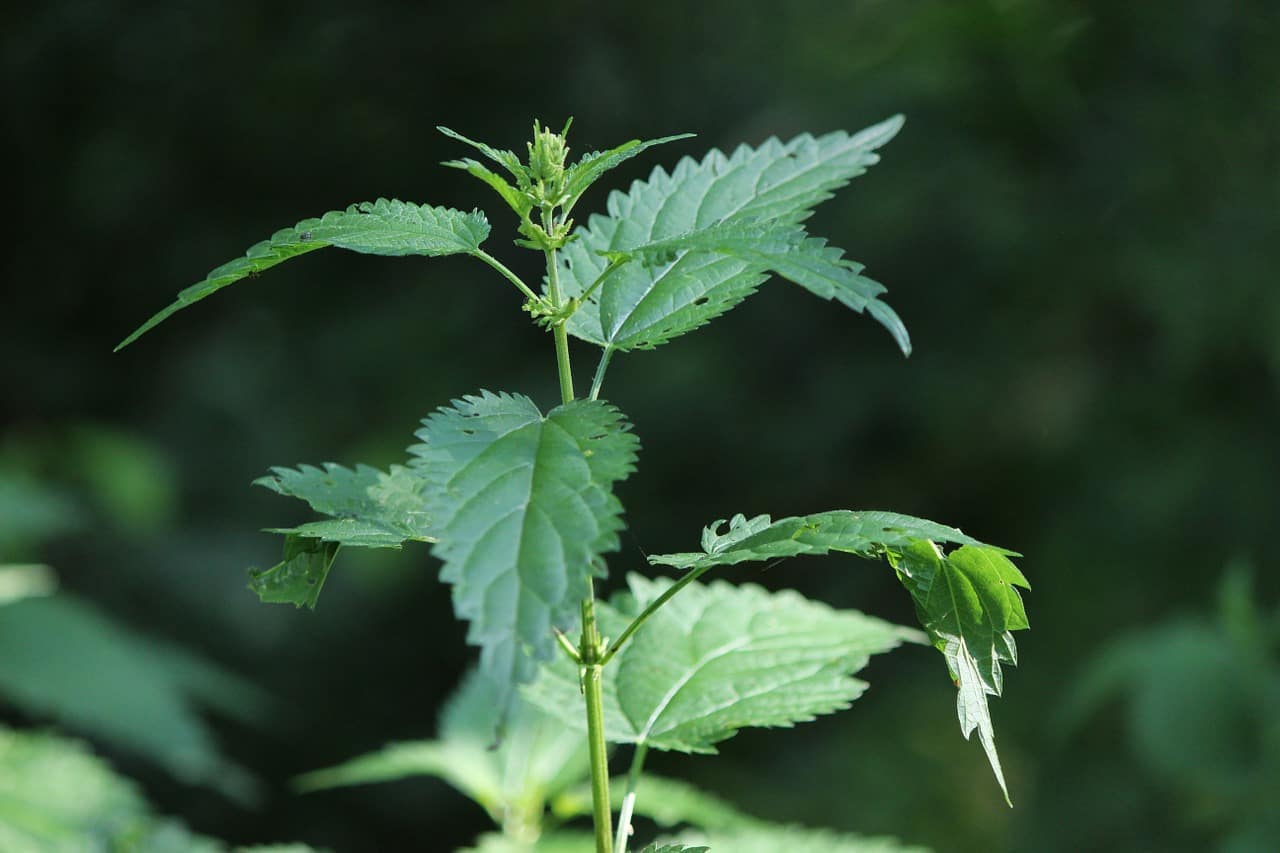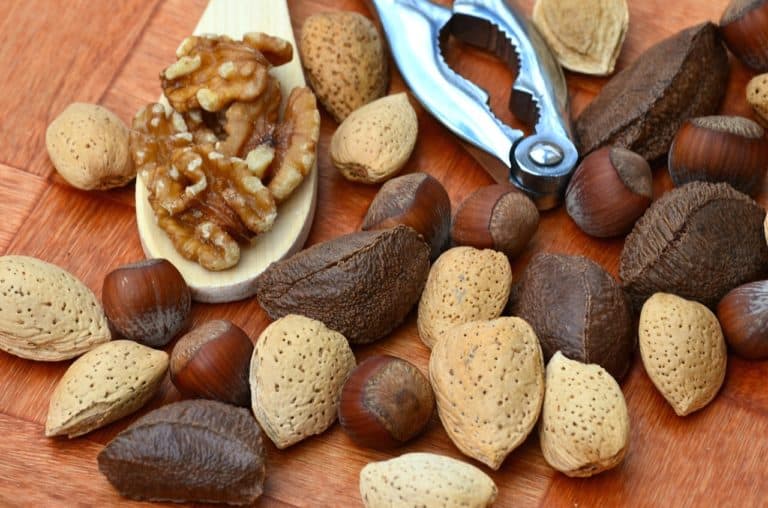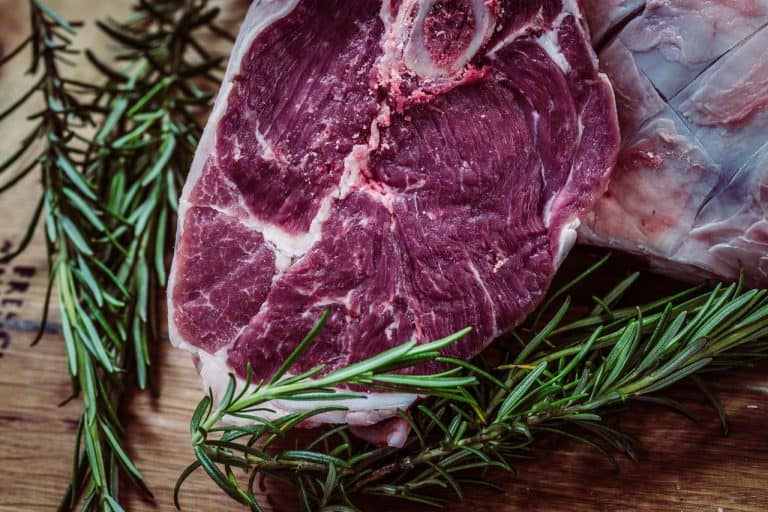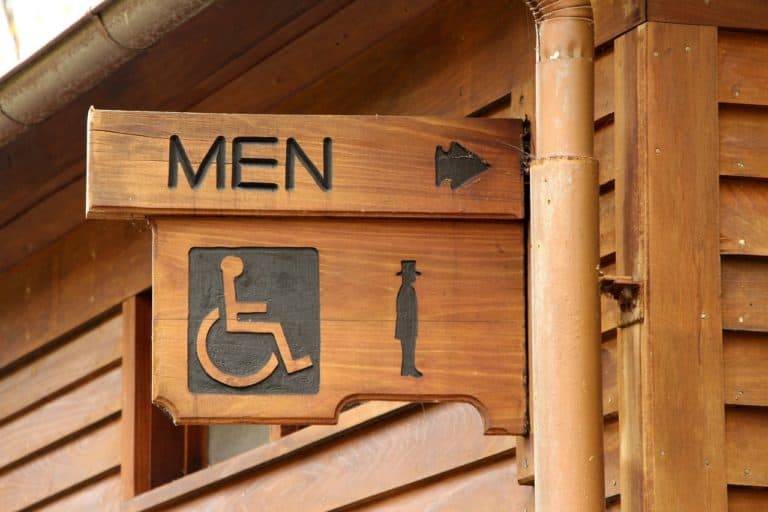Stinging nettle (Urtica dioica) is a perennial plant that is native to Europe, western North America, Asia, and northern Africa. The plant gets its name from the fact it has hollow stinging hairs on its stems and leaves that inject histamine and other chemicals into people and animals that make contact with it. The plant has long been valued for relieving urinary tract and prostate problems, mainly because of its anti-inflammatory and diuretic properties.
Stinging nettle and prostatitis
For men who have prostatitis, stinging nettle has demonstrated some benefit in men who had the chronic bacterial form of the condition. In a study conducted at the University of Florence, 106 men took a formula that contained stinging nettle, along with turmeric, saw palmetto, and quercetin daily for one month along with an antibiotic. A control group of men who also had chronic bacterial prostatitis took the antibiotic only. After one month, nearly 90 percent of the men who took the stinging nettle formula had no more symptoms of prostatitis, compared with only 27 percent of the men in the antibiotic-only group.
Stinging nettle and BPH
Stinging nettle has also demonstrated effectiveness against symptoms of BPH in a number of studies. In one six-month trial involving 620 men with an enlarged prostate, 81 percent of men who took stinging nettle reported an improvement in lower urinary tract symptoms compared with only 16 percent of men who took placebo. Men who took stinging nettle also had a slight decrease in prostate size, while those on placebo did not.
In another study, 257 men who took a stinging nettle and saw palmetto combination experienced an improvement in symptoms.
Stinging nettle and prostate cancer
A recent laboratory study of stinging nettle and prostate cancer explored the possibility of using an extract of the plant to impact prostate cancer cells. Researchers used a dichloromethanolic extract of stinging nettle and found that it successfully caused cell death (apoptosis) in prostate cancer cells, which suggests it could be a candidate for prostate tumor treatment.
Stinging nettle and prostate biopsy
Use of stinging nettle supplements may also be a good choice for men who are recovering from a prostate biopsy. In particular, researchers have found that stinging nettle has an ability to reduce some of the possible complications that can follow a prostate biopsy, including difficulty urinating, urinary urgency, and pain.
Taking stinging nettle
Consult a knowledgeable healthcare provider before taking stinging nettle supplements. A typical dose is 2 to 4 grams of dried leaf taken three times daily. Possible side effects of stinging nettle include fluid retention, rash, and stomach upset.
References
Cai T et al. Serenoa repens associated with Urtica dioica (ProstaMEV) and curcumin and quercetin (FlogMEV) extracts are able to improve the efficacy of prulifloxacin in bacterial prostatitis patients: results from a prospective randomized study. Int J Antimicrob Agents 2009 Jun; 33(6): 549-53
Lopatkin N et al. Efficacy and safety of a combination of Sabal and Urtica extract in lower urinary tract symptoms – long-term follow-up of a placebo-controlled, double-blind, multicenter trial. Int Urol Nephrol 2007; 39(4): 1137-46.
Mohammadi A et al. Urtica dioica dichloromethane extract induce apoptosis from intrinsic pathway on human prostate cancer cells (PC3). Cell and Molecular Biology (noisy-le-grand) 2016 Mar 31; 62(3): 78-83
Safarinejad MR. Urtica dioica for treatment of benign prostatic hyperplasia: a prospective, randomized, double-blind, placebo-controlled, crossover study. J Herb Pharmacother 2005; 5(4):1-11.







